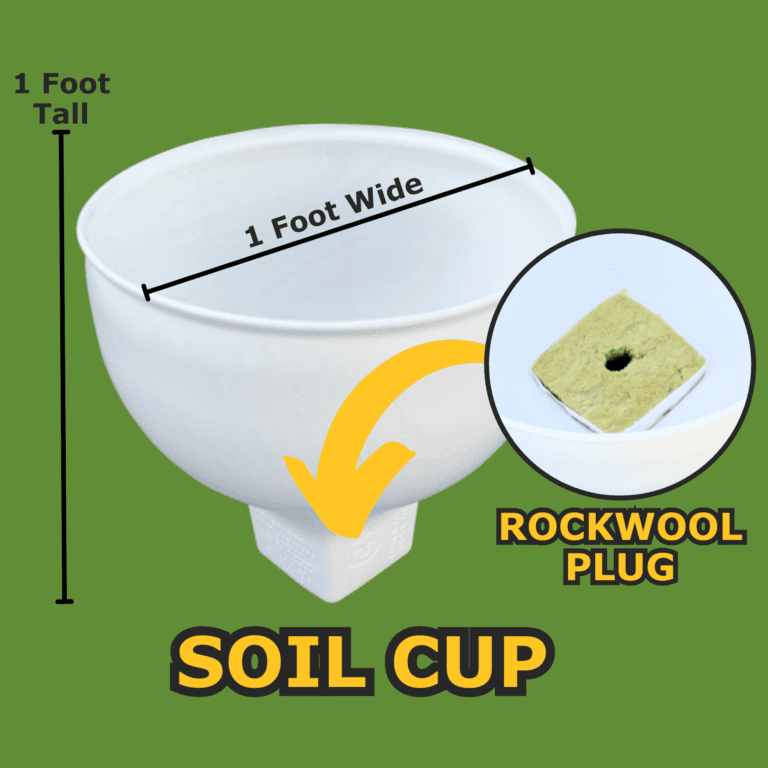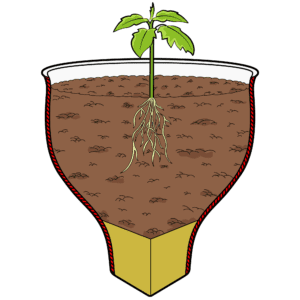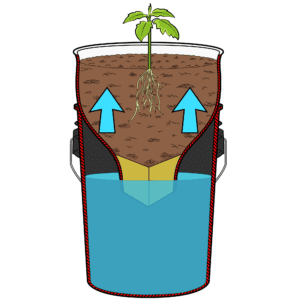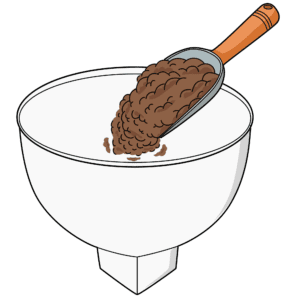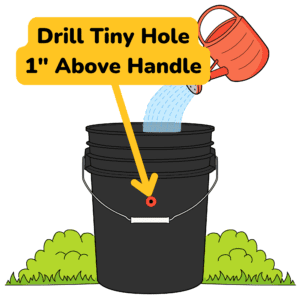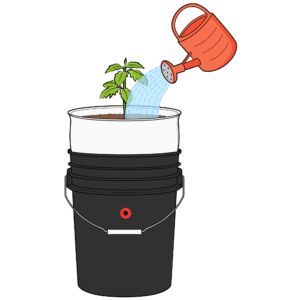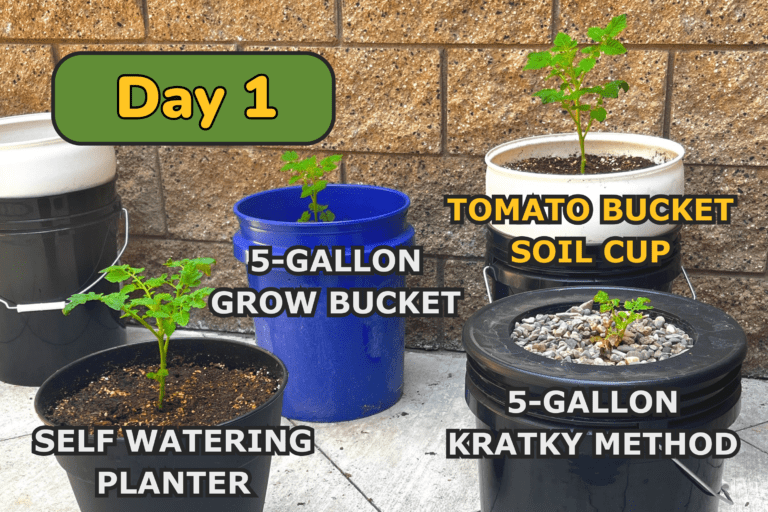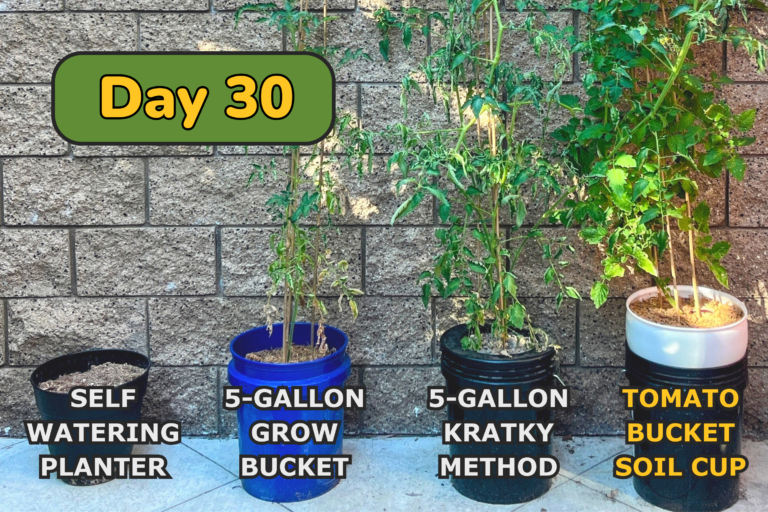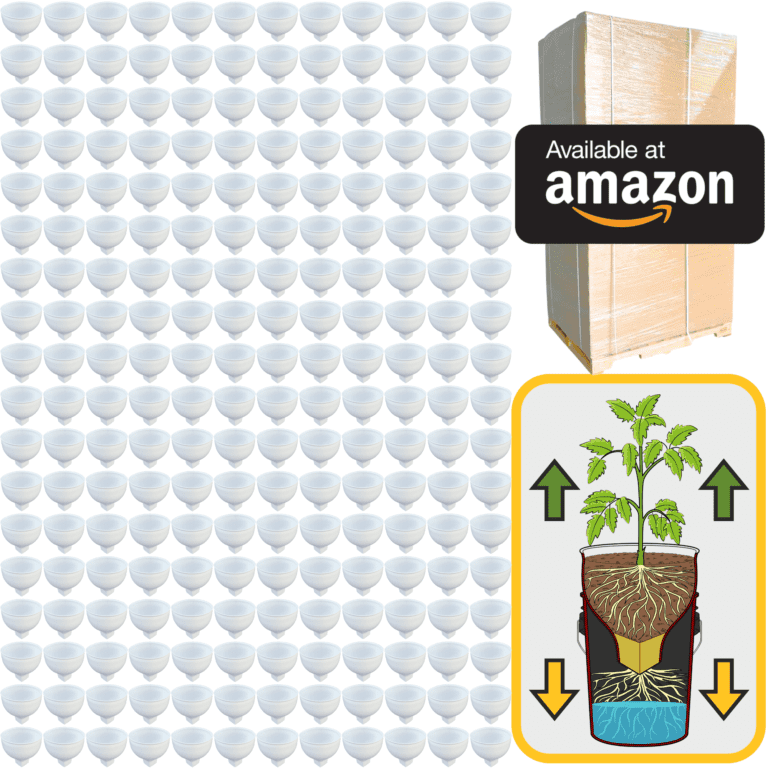Number 10: Radishes: Quick-Growing Crunchy Gems
Radishes are an excellent choice for early spring planting in Zone 5, known for their rapid growth and delightful crunch. You can expect to harvest these little gems just 25 to 30 days after sowing. They thrive in full sun but can handle some shade as the season progresses. Consistent watering is essential; radishes prefer evenly moist soil to prevent them from becoming woody or too spicy.
These fast-growing roots flourish in well-drained, loamy soil enriched with organic matter. A light application of fertilizer can help promote healthy growth. Ideal temperatures for radish growth are between 50°F and 70°F. Watch out for common pests like aphids and flea beetles; using floating row covers can help protect your crops. Space your radish seeds about an inch apart, thinning them out as they grow to avoid overcrowding. No pruning is necessary, but a layer of mulch can help retain moisture and suppress weeds. Harvest them when they reach about an inch in diameter for the best flavor, and consider companion planting with carrots or cucumbers for a thriving garden ecosystem.
Number 9: Spinach: Nutrient-Rich Greens for the Early Gardener
Spinach is another fantastic spring crop, perfect for the cool temperatures of Zone Number 5: You can begin harvesting spinach about 6 to 8 weeks after sowing, making it a rewarding choice for gardeners eager for fresh greens. Spinach loves full sun but appreciates some afternoon shade as the weather warms. Regular watering is key to maintaining healthy growth, as this leafy green is sensitive to drought.
For optimal growth, spinach needs rich, well-drained soil with a pH of 6.0 to 7.0. Mixing in compost before planting enhances soil fertility and structure. A balanced fertilizer applied every few weeks can support robust leaf production. Spinach grows best in temperatures ranging from 45°F to 75°F. Be vigilant against pests like leaf miners and aphids; using natural pest control methods or insecticidal soap can keep them at bay. Space seeds about 2 to 4 inches apart, and you can begin harvesting outer leaves as soon as they reach a good size. Regular mulching helps maintain soil moisture and prevent weeds, while companion planting with strawberries or radishes can create a productive garden.
Number 8: Lettuce: Fresh and Flavorful Greens
Lettuce is a staple of spring gardens, flourishing in the mild temperatures of Zone Number 5: You can start harvesting lettuce about 6 to 8 weeks after planting, providing crisp leaves for salads and sandwiches. Lettuce prefers full sun but benefits from partial shade during hotter days. Keep the soil consistently moist, as lettuce is prone to wilting if it dries out.
For best results, grow lettuce in rich, well-draining soil. Incorporating compost can significantly improve soil quality. Fertilizing with a nitrogen-rich option will help promote lush leaf growth. Ideal temperatures for lettuce range from 60°F to 70°F. Watch for pests like slugs and aphids; hand-picking and using traps can be effective controls. Space your seeds about 12 inches apart to allow for healthy growth. Pruning isn’t necessary, but regular harvesting of outer leaves encourages continued production. Mulching helps retain soil moisture and suppress weeds, while companion planting with carrots or onions can enhance growth and flavor.
Number 7: Peas: Sweet Springtime Treasures
Peas are a delightful addition to any spring garden in Zone 5, producing sweet, tender pods that are a joy to harvest. You can expect to begin harvesting peas about 60 to 70 days after planting, making them a rewarding crop for patient gardeners. Peas thrive in full sun but can benefit from some shade as temperatures rise. Consistent watering is essential, especially during dry spells, to keep the plants healthy.
These climbing beauties prefer fertile, well-drained soil, so adding compost before planting is beneficial. Fertilization should focus on a balanced mix to support growth. Ideal temperatures for peas are between 55°F and 70°F. Be on the lookout for pests like aphids and pea weevils; using row covers can provide an effective barrier. Space your pea seeds about 1 to 2 inches apart and provide support structures like trellises or stakes, as they love to climb. Pruning is minimal, but regular harvesting encourages more pod production. Mulching can help retain moisture and suppress weeds, while companion planting with carrots or radishes can lead to a thriving garden.
Number 6: Kale: The Leafy Green Powerhouse
Kale is a nutrient-packed green that thrives in the cooler temperatures of Zone Number 5: You can begin harvesting kale leaves approximately 55 to 75 days after planting. Kale prefers full sun but can tolerate partial shade, especially as the weather warms. Regular watering is crucial to keep the soil evenly moist.
For optimal growth, kale needs rich, well-drained soil, so mixing in plenty of organic matter is essential. A nitrogen-rich fertilizer can support healthy leaf production. Ideal temperatures for kale range from 60°F to 70°F. Watch for pests like aphids and cabbage worms; row covers or organic pest control can help manage these invaders. Space your kale plants about 12 to 18 inches apart to allow for ample growth. Pruning is not necessary, but regular harvesting of outer leaves encourages the plant to produce more. Mulching helps retain moisture and suppress weeds, while companion planting with beets or onions can enhance growth and flavor.
Number 5: Carrots: Sweet and Crunchy Roots
Carrots are a beloved root vegetable that thrives in Zone 5, known for their sweet, crunchy flavor. You can expect to harvest your carrots about 70 to 80 days after sowing. Carrots prefer full sun and need consistently moist soil to develop properly, so keep an eye on watering.
These orange beauties flourish in loose, well-drained, sandy soil, so be sure to prepare your bed adequately. A light application of fertilizer focusing on phosphorus and potassium will support robust root growth. Ideal temperatures for growing carrots range from 50°F to 75°F. Be vigilant about pests like carrot flies and nematodes; using floating row covers can help deter them. Space your carrot seeds about 2 to 4 inches apart, and once they sprout, thin them out to prevent overcrowding. No pruning is necessary, but regular mulching can help retain soil moisture and suppress weeds. Companion planting with onions or leeks can enhance growth and deter pests.
Number 4: Beets: Earthy Delights in Your Garden
Beets are a versatile vegetable that flourishes in Zone 5, offering both delicious roots and nutritious greens. You can expect to harvest beets about 55 to 70 days after planting. Beets enjoy full sun but can tolerate some shade, especially as temperatures rise. Keep the soil consistently moist to encourage healthy growth.
For optimal development, beets prefer rich, well-drained soil with ample organic matter. A balanced fertilizer can enhance growth, particularly one high in potassium and phosphorus. Ideal temperatures for beets range from 50°F to 85°F. Watch for pests like aphids and leaf miners; careful inspection and natural pesticides can help manage these issues. Space beet seeds about 3 to 4 inches apart for proper bulb formation. Pruning is not required, but thinning is essential to prevent overcrowding. Mulching helps regulate soil temperature and retain moisture, while companion planting with onions or garlic can deter pests.
Number 3: Broccoli: The Nutritional Champion
Broccoli is a powerhouse of nutrition that thrives in the cool spring weather of Zone Number 5: You can expect to begin harvesting broccoli about 70 to 100 days after planting, depending on the variety. This cruciferous vegetable prefers full sun but can benefit from some afternoon shade as temperatures increase. Regular watering is vital to keep the soil evenly moist.
For optimal growth, broccoli requires rich, well-draining soil. Fertilizing with a nitrogen-rich option will support healthy leaf development. Broccoli grows best in temperatures between 60°F and 70°F. Keep an eye on pests like cabbage worms and aphids; using organic pesticides or row covers can provide effective protection. Space your broccoli plants about 18 to 24 inches apart for proper airflow. Pruning is minimal, but harvesting the main head encourages side shoots. Mulching helps retain moisture and suppress weeds, while companion planting with garlic or dill can enhance growth and deter pests.
Number 2: Potatoes: The Versatile Favorite
Potatoes are a beloved staple that flourishes in the fertile soils of Zone Number 5: You can expect to harvest potatoes about 70 to 90 days after planting, depending on the variety. They thrive in full sun and need consistent watering to keep the soil moist, especially during the critical tuber development phase.
Potatoes prefer well-drained, loose soil, so incorporating compost is beneficial for robust growth. Fertilization should focus on potassium and phosphorus to support healthy tuber development. Ideal growing temperatures range from 60°F to 70°F. Keep an eye out for pests such as Colorado potato beetles and aphids; row covers can provide effective protection. Space your seed potatoes about 12 inches apart in rows that are 2 to 3 feet apart. No pruning is needed, but regular hilling promotes healthy tuber growth. Mulching can help retain moisture and suppress weeds, while companion planting with beans can deter pests and encourage healthy growth.
Number 1: Tomatoes: The Crown Jewel of the Garden
Tomatoes are often the crown jewel of the spring garden, especially in Zone 5, where they thrive in warmer temperatures. You can expect to begin harvesting tomatoes about 70 to 100 days after transplanting, depending on the variety. They require full sun for at least 6 to 8 hours each day and should be watered deeply and consistently to keep the soil evenly moist.
For tomatoes, soil quality is crucial; they prefer rich, loamy soil with excellent drainage. Adding compost is a great way to enhance soil fertility. Fertilizing with a balanced option at planting time, then switching to a low-nitrogen fertilizer once the plants begin to set fruit, will yield the best results. Ideal temperatures for tomato growth are between 70°F and 85°F. Be vigilant about pests such as aphids, whiteflies, and hornworms; introducing beneficial insects like ladybugs can help manage these pests effectively. Space your tomato plants about 24 to 36 inches apart and provide support structures like cages or stakes to keep them upright. Pruning suckers can encourage better air circulation and fruit production, while mulching helps retain soil moisture and suppress weeds. Companion planting with basil or marigolds can enhance growth and deter pests, making your garden vibrant and productive.
Gardening in Zone 5 is a rewarding experience, especially with the right plants selected for your space. Each of these crops brings unique flavors and benefits to your meals, creating a bountiful and satisfying spring garden. Happy gardening!

